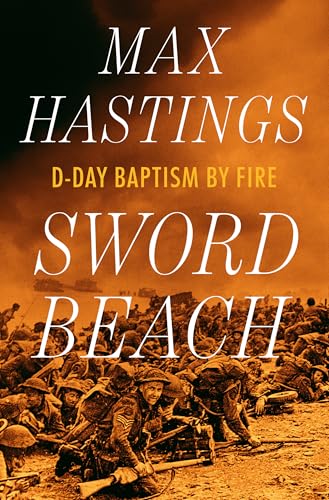
The Final Curtain: Burma 1941–1945
by Jeremy Archer
"Veterans' Stories"
Popularity
4.38 / 5
* A book's popularity is determined by how it compares to all other books on this website.
Where to buy?
Buy from Amazon* If you buy this book through the link above, we may receive a small commission at no extra cost to you.
The Final Curtain: Burma 1941–1945 by Jeremy Archer
Details
War:
World War II
Perspective:
Infantry
True Story:
Yes
Biography:
Yes
Region:
Asia
Page Count:
490
Published Date:
2022
ISBN13:
9781399070423
Description
Brief Summary
The Final Curtain: Burma 1941–1945 by Jeremy Archer is a compelling collection of first-hand accounts from veterans of the Burma Campaign during World War II. This book presents the personal experiences of soldiers, sailors, and airmen who participated in one of the most grueling military campaigns in history. These veterans, aged between 95 and 101, provide vivid, raw narratives of the retreat from Burma, clandestine Chindit operations, fierce battles in the Arakan, and the decisive clashes at Kohima and Imphal. The accounts culminate in the victorious advance to Rangoon, providing readers with a profound insight into the hardships and triumphs faced by the Commonwealth forces.
Main Themes and Topics
The central theme of the book revolves around resilience and survival amidst the brutal conditions of the Burma Campaign. The narratives highlight elements of sacrifice, strategy, and the sheer determination required to overcome a relentless enemy. The different perspectives from a diverse array of contributors emphasize the unity and collaborative efforts of Commonwealth forces, consisting of individuals from the British, Sub-Continental, and African regiments. Jeremy Archer effectively captures the strategic significance of the operations and the human emotions underlying these historic events.
Writing Style and Tone
Archer employs an immersive and respectful tone throughout the book, allowing the veterans' voices to remain authentic and impactful. He meticulously compiles their stories to preserve the immediacy and emotional weight of their experiences. The conversational style used in presenting the interviews offers readers a sense of intimacy and immediacy, bridging the gap between past and present. Archer's commitment to letting the veterans' recollections shine through with clarity and respect is evident, providing readers with both an educational and engaging read.
Awards and Recognition
While specific awards for The Final Curtain: Burma 1941–1945 were not mentioned, the book has garnered praise for its authentic depiction and contribution to oral history literature. The work stands as a testament to the valor and fortitude of the participants in the Burma Campaign and has been recognized for its historical importance and engaging presentation of personal narratives.
Criticism
Some readers may find the structure of the book, focused on individual interviews, less cohesive than a continuous narrative. However, this format is a deliberate choice by Archer to highlight personal stories, and it may appeal more to those who appreciate first-hand oral histories rather than a traditional historical account. Despite this, the majority of readers appreciate the depth and richness these personal accounts bring to understanding the complexity and human aspects of the Burma Campaign.









